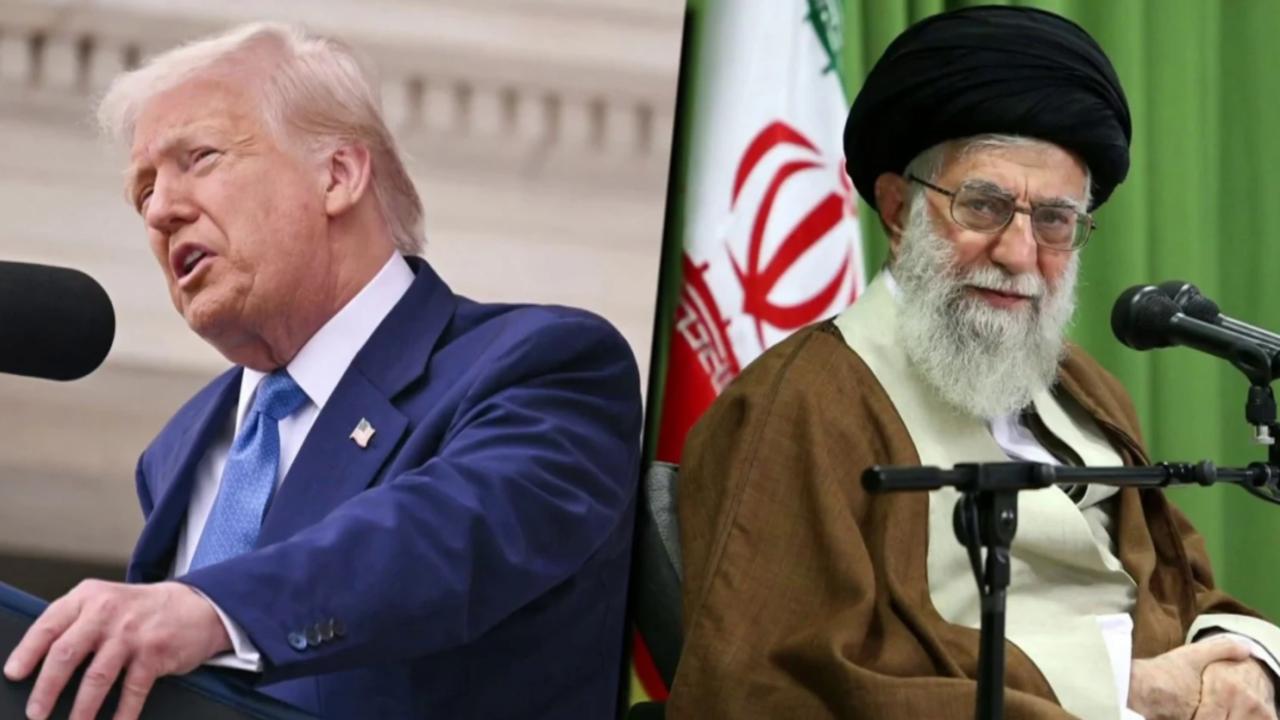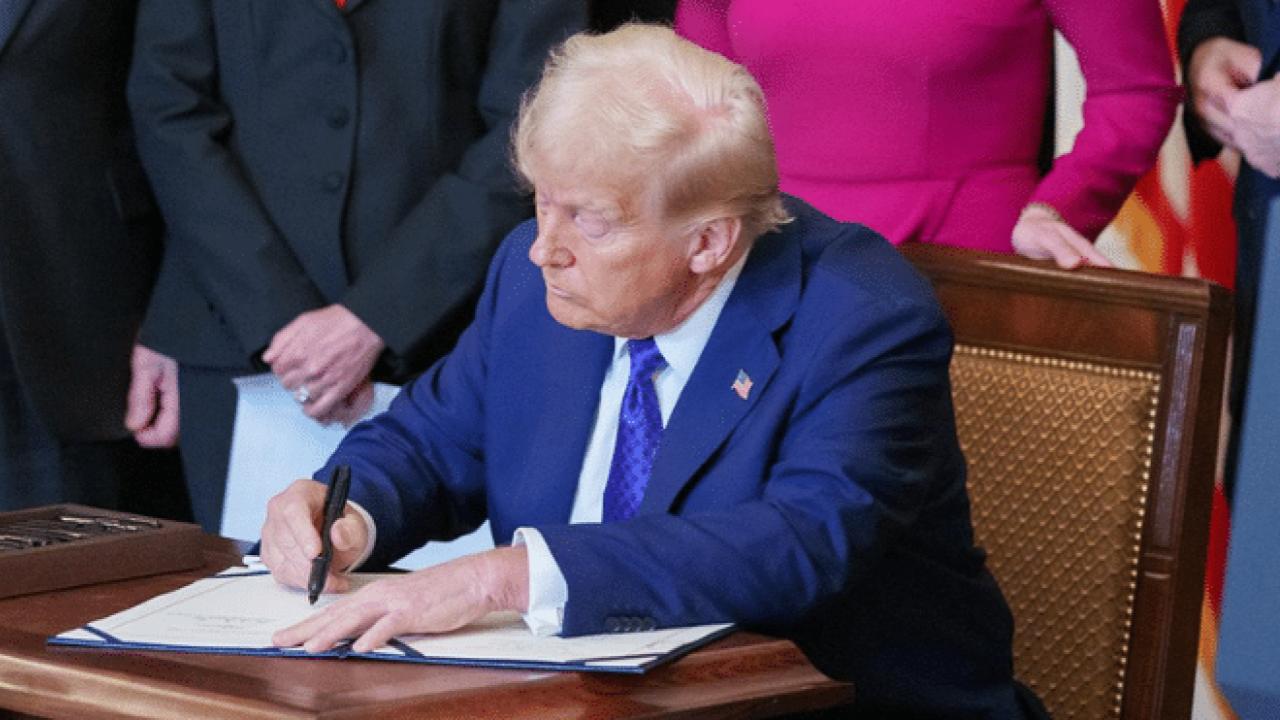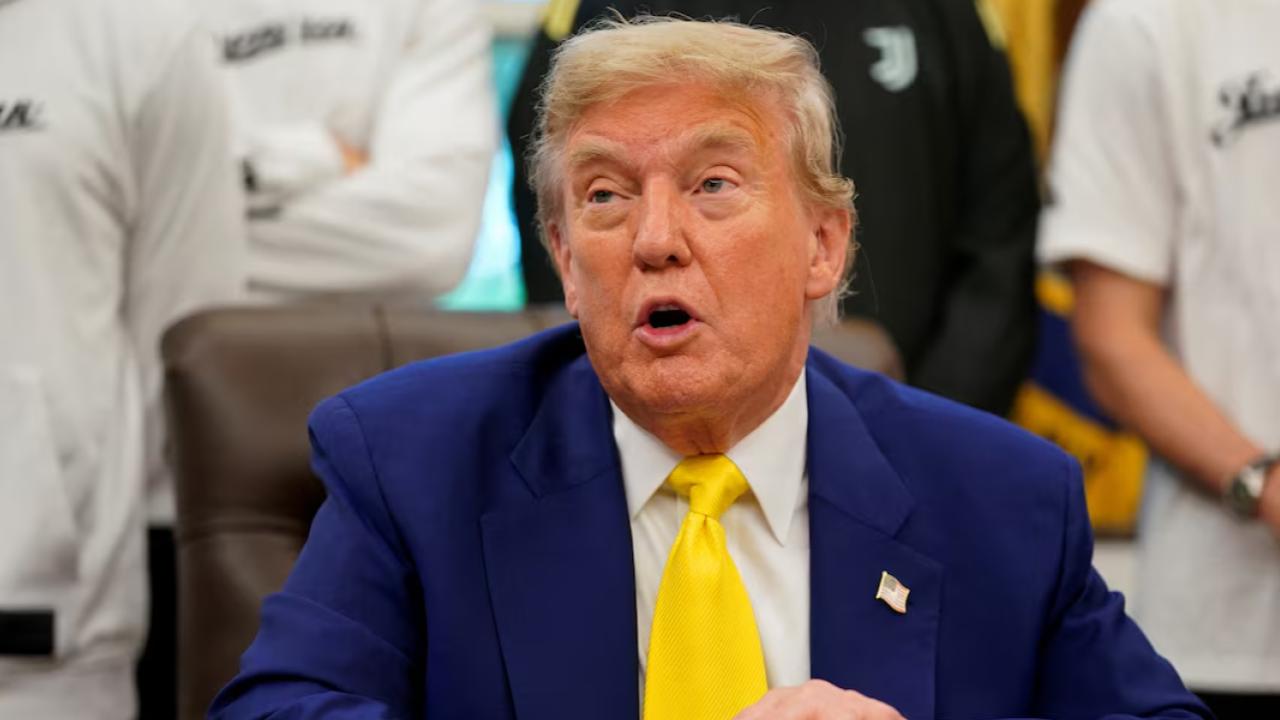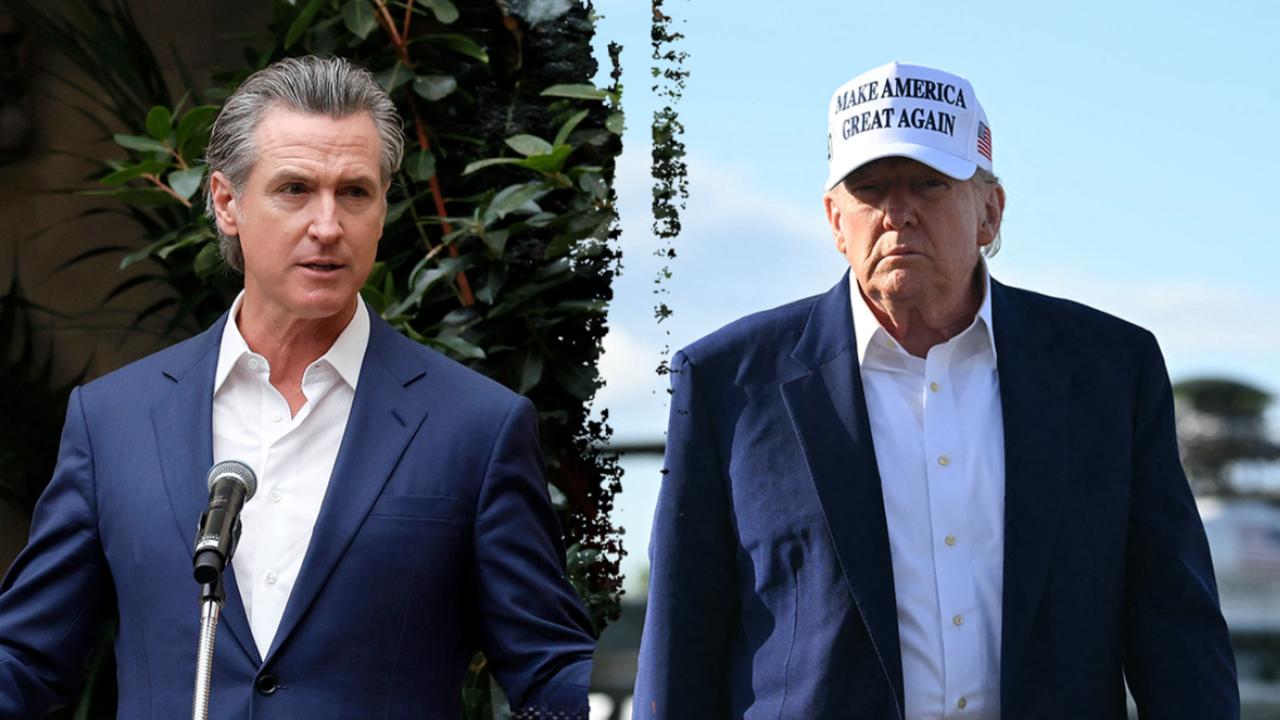With tensions boiling over in the Middle East, former President Donald Trump has drawn a bold line in the sand: Iran has two weeks to back off its nuclear ambitions or face potential U.S. military action.

Trump’s High-Stakes Countdown with Iran Begins Now
| Takeaway | Stat |
|---|---|
| Casualties from conflict | 657 Iranians and 24 Israelis killed so far |
| Deadline for U.S. action | Two weeks |
| Iran’s nuclear potential | Possible bomb in under a month |
Trump’s two-week countdown is more than political theater—it’s a real test of diplomacy under fire. With nuclear risk rising and casualties mounting, what happens next could reshape the balance of power from Jerusalem to Tehran—and far beyond.
What’s Behind Trump’s Two-Week Ultimatum?
Trump’s camp announced the former president will decide “within two weeks” whether to approve targeted strikes on Iran. The message came as Iran and Israel traded deadly blows, with missiles hitting hospitals, nuclear sites, and civilian zones.
Press Secretary Karoline Leavitt framed it as a “cooling-off” period, but the implication is clear: Iran must scale back enrichment and aggression—or suffer consequences. In many ways, it’s classic Trump: hardball diplomacy with a ticking clock.
The State of Play: War by Any Other Name?
In the last ten days, the Israel-Iran shadow war has become brutally real. Israeli jets targeted Iran’s nuclear infrastructure, including the Arak heavy-water reactor, while Iran launched missiles into southern Israel, injuring civilians and damaging hospitals like Soroka Medical Center in Beersheba.
According to the AP, 657 people in Iran and 24 in Israel have died since the latest round of strikes began. Markets have been rattled. Oil prices rose sharply on fears of a blockade in the Strait of Hormuz. Gold, a crisis barometer, surged as investors sought shelter from geopolitical risk.
Europe Steps Into the Vacuum
With the U.S. dangling the threat of war, European powers have rushed into high-stakes diplomacy. France, Germany, and the UK are currently in Geneva trying to broker a deal that would limit Iran’s uranium enrichment and restore full IAEA inspections.

These negotiations follow months of quiet shuttle diplomacy in Rome and Oman, with mixed results. Iran has signaled it might accept temporary limits—if sanctions relief follows.
According to the Financial Times, Iran remains publicly defiant but privately open to a compromise if it can avoid U.S. airstrikes and economic collapse.
How Close Is Iran to a Bomb?
The International Atomic Energy Agency recently warned that Iran is now non-compliant with its obligations. Its stockpile of enriched uranium is near weapons-grade, and the IAEA estimates Iran could produce a nuclear bomb in less than a month if it chose to do so.
This grim assessment has added urgency to Trump’s two-week deadline—and sent Israel’s military into high alert. “It’s no longer a question of if Iran can build a bomb—it’s when,” said a former U.S. intelligence analyst who worked on Middle East security.
What Happens Next?
Trump’s countdown ends just before July 4th. Here are the possible outcomes:
Scenario 1: A Diplomatic Breakthrough
- Iran accepts limits on enrichment and opens its facilities to inspections.
- Trump touts it as a “tough but peaceful win.”
- Oil prices stabilize and regional tensions cool down.
Scenario 2: U.S. Military Strikes
- Trump greenlights an airstrike, possibly on Fordow or Natanz.
- Iran retaliates against U.S. forces in Iraq or Qatar.
- The conflict expands to Gulf nations, pushing the world toward deeper crisis.
First-Person Insight
Having covered the region during the 2015 Iran nuclear deal and its unraveling in 2018, I can say the current situation feels eerily familiar—but with stakes even higher. Iran has less to lose, and the U.S. has fewer allies willing to mediate. This two-week window? It’s a high-stakes gamble that could shape Middle East policy for years.
FAQs
Why did Trump set a two-week deadline?
He wants to create urgency without committing to immediate war. It’s a negotiation tactic aimed at forcing Iran’s hand.
Could this lead to another Iraq-style war?
Unlikely in the short term. The current U.S. posture favors targeted airstrikes, not ground invasion.
Are Iran and Israel officially at war?
Not formally, but the recent missile exchanges have crossed multiple red lines, escalating what was once a shadow war into open confrontation.






